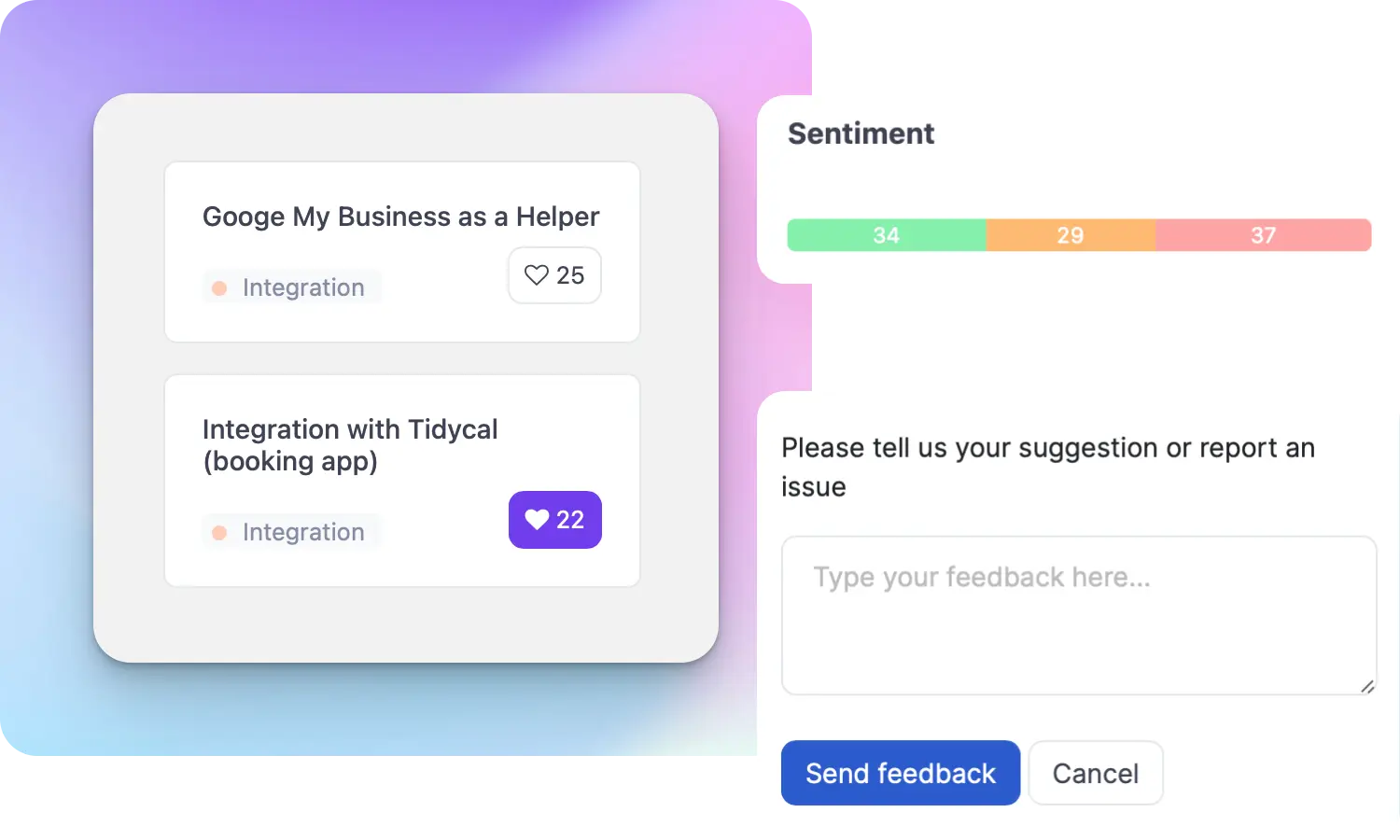What is a Product Mix?

Ruben Buijs
The product mix refers to the combination of products or services that a company offers to its customers. It encompasses all the different variations and options available within a company's product line. The product mix is a crucial aspect of Saas product management as it determines the overall offering and value proposition of the company.
Examples
To understand the concept of product mix better, let's consider a fictitious Saas company called "Cloud Solutions." Cloud Solutions offers a range of software products for different business needs. Their product mix includes:
- Cloud Storage: A service that allows users to store and access their files securely in the cloud.
- Project Management Software: A tool that helps teams collaborate and manage their projects efficiently.
- CRM Software: A customer relationship management software that enables businesses to manage their interactions with customers.
- Email Marketing Platform: A platform that assists businesses in creating and managing email marketing campaigns.
In this example, the product mix of Cloud Solutions includes various software products that cater to different aspects of business management.
Importance
The product mix is important for several reasons:
- Catering to Customer Needs: By offering a diverse product mix, a company can address the varied needs and preferences of its target customers. This increases the chances of attracting a larger customer base.
- Competitive Advantage: A well-curated product mix can give a company a competitive edge in the market. It allows the company to differentiate itself from competitors by offering unique and valuable solutions.
- Revenue Generation: A diverse product mix enables a company to generate multiple streams of revenue. Each product within the mix contributes to the overall revenue, reducing the company's dependency on a single product.
- Customer Retention: A comprehensive product mix can enhance customer loyalty and retention. By providing a range of products that meet different needs, a company can keep customers engaged and satisfied, reducing the likelihood of churn.
How to Use Product Mix
To effectively utilize the product mix, consider the following steps:
- Market Research: Conduct thorough market research to understand customer needs, preferences, and market trends. This will help identify gaps and opportunities within the market that can be addressed through the product mix.
- Portfolio Analysis: Analyze the existing product portfolio to identify strengths, weaknesses, and areas for improvement. Evaluate the performance and profitability of each product to determine their viability within the mix.
- Product Development: Develop new products or enhance existing ones based on market research and customer feedback. Ensure that the new additions align with the overall product mix strategy and complement the existing offerings.
- Pricing Strategy: Determine appropriate pricing strategies for each product within the mix. Consider factors such as production costs, competition, and perceived value to set optimal prices that maximize revenue and profitability.
- Marketing and Promotion: Develop targeted marketing and promotion strategies for each product within the mix. Highlight the unique features and benefits of each product to attract the attention of potential customers.
- Regular Evaluation: Continuously monitor and evaluate the performance of the product mix. Identify any necessary adjustments or improvements to ensure its alignment with market demands and customer expectations.
Useful Tips
Here are some additional tips to keep in mind when managing the product mix:
- Regularly review and update the product mix to stay competitive in the market.
- Consider bundling related products together to create attractive offerings for customers.
- Monitor customer feedback and preferences to identify opportunities for new product development.
- Maintain a balance between innovation and stability within the product mix.
- Collaborate with cross-functional teams, including marketing, sales, and product development, to ensure alignment and effective management of the product mix.
Related Terms
- Product Line
- Product Portfolio
- Market Segmentation
- Competitive Analysis
- Pricing Strategy
- Product Development
- Customer Retention
- Market Research





